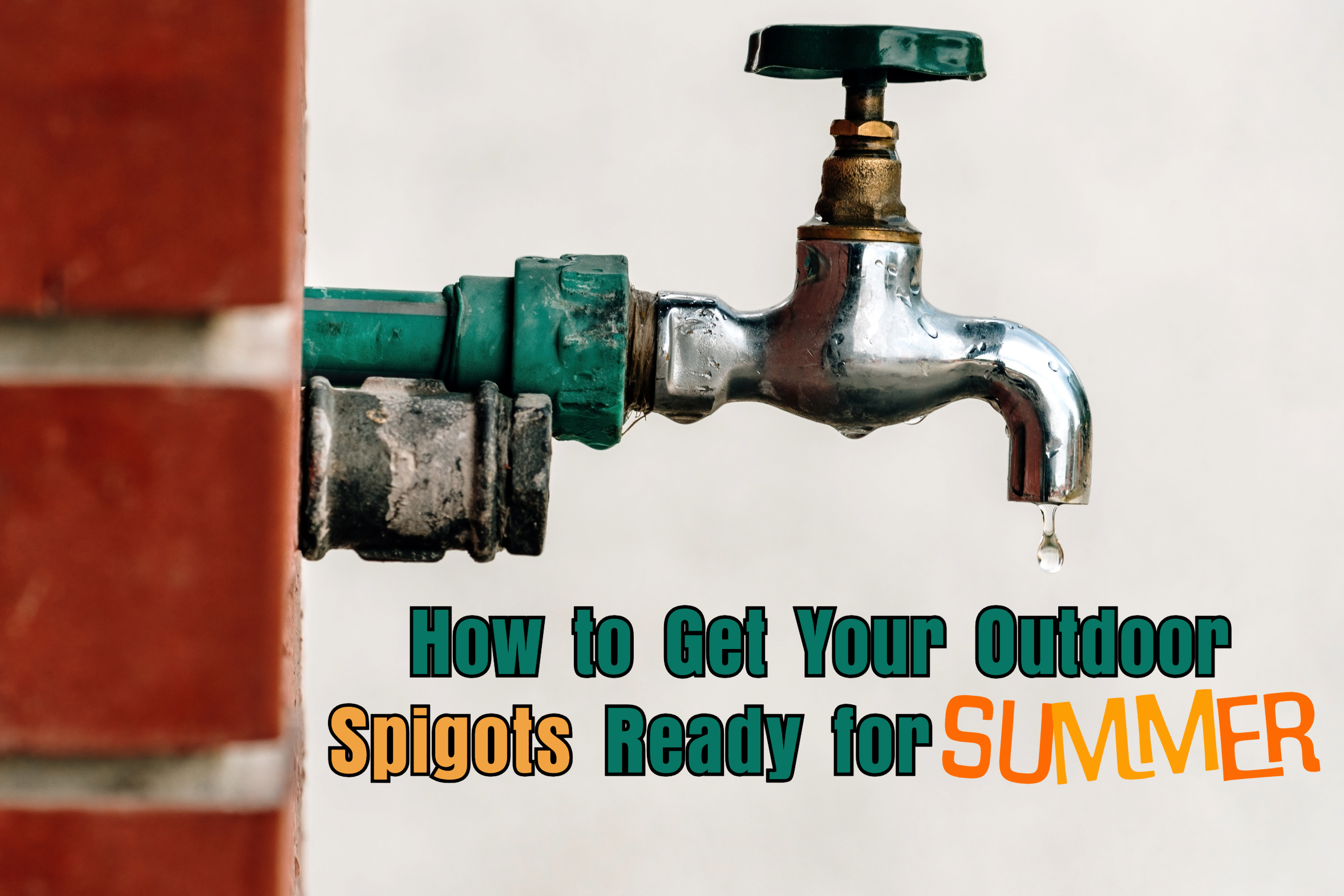As summer approaches, it’s important to ensure your outdoor plumbing is ready for the seasonal activities. Whether you will be watering your plant beds, running your sprinklers on the lawn, or having water activities planned, it’s important to ensure your outdoor plumbing fixtures can handle the heavy usage of the season. One common summer problem homeowners face is spigot leaks that can disrupt related summer plans. So, if you want to make sure your outdoor plumbing is ready for summer, follow this guide from Lancaster Plumbing & Drain professionals to identify and fix potential spigot leaks.
How to Identify a Spigot Leak
Here are some simple steps for detecting a leak in your spigots:
- Indications of Visible Leaks: Conduct a visual inspection of your water spigots to look for any signs of water dripping from the spigot when it is turned on or off.
- Indications of Stains and Mold: Inspect the wall and the area surrounding the fixture for water stains or mold growth near the spigot location. If you spot any, this is a good indication of potential hidden leaks.
- Indications of a Pressure Drop: If you notice a decline in water pressure when using the hose, this could be another sign of a leak in the spigot.
- Indications of Corrosion: Lastly, thoroughly check all areas surrounding the spigot for any signs of corrosion or rust. If left unaddressed, rust or corrosion can weaken the fixture and lead to leaks.
How to Repair a Spigot Leak
To fix a leak on your spigot, follow these easy steps for an effective resolution:
- Secure Loose Connections: Ensure the fixture is tightly fastened. You want to make sure there are no loose connections. Do this by using a wrench to secure the connection between the spigot and the pipe.
- Replace Washers: Swap worn-out washers in the spigot to halt a persistent leak. Simply turn off the water supply, disassemble the bib, take off the old washers, and install the new washers. Move carefully and ensure everything is returned correctly.
- Repair Cracks: If there are any wall cracks or holes around the fixture, these will need to be addressed as well. It’s not abnormal for sealant to wear down. You can repair the damage using waterproof sealant or plumber’s tape. Just be sure to follow the manufacturer’s instructions closely.
- Resolve Backflow: If you are experiencing issues with backflow, you can combat backflow problems by installing a backflow preventer to block water re-entry. This aids in leak prevention and contamination avoidance.
- Upgrade to Frost-Free: Consider upgrading to frost-free spigots to prevent leaks from frozen pipes if you’ve experienced issues with frozen fixtures previously.
How to Know When to Call a Professional
Knowing the appropriate time to enlist the services of a professional plumber is essential for effectively addressing complex or potentially hazardous plumbing issues. While minor leaks and small tasks can typically be managed independently, specific signs indicate the necessity of professional intervention. Therefore, if a leak persists despite your valiant attempt, you observe water damage or mold growth surrounding the spigot, or if sudden declines in water pressure are detected throughout your plumbing system, it is advisable to seek the expertise of a licensed plumber.
By following these plumbing guidelines to identify and repair spigot leaks, you can guarantee a smooth summer of outdoor activities. This will not only bring peace of mind but also create memorable moments with your loved ones this upcoming season. Here’s to a great summer season filled with good vibes!
Call Lancaster Plumbing & Drain anytime (740) 796-8998, or schedule an appointment online now by clicking here!


